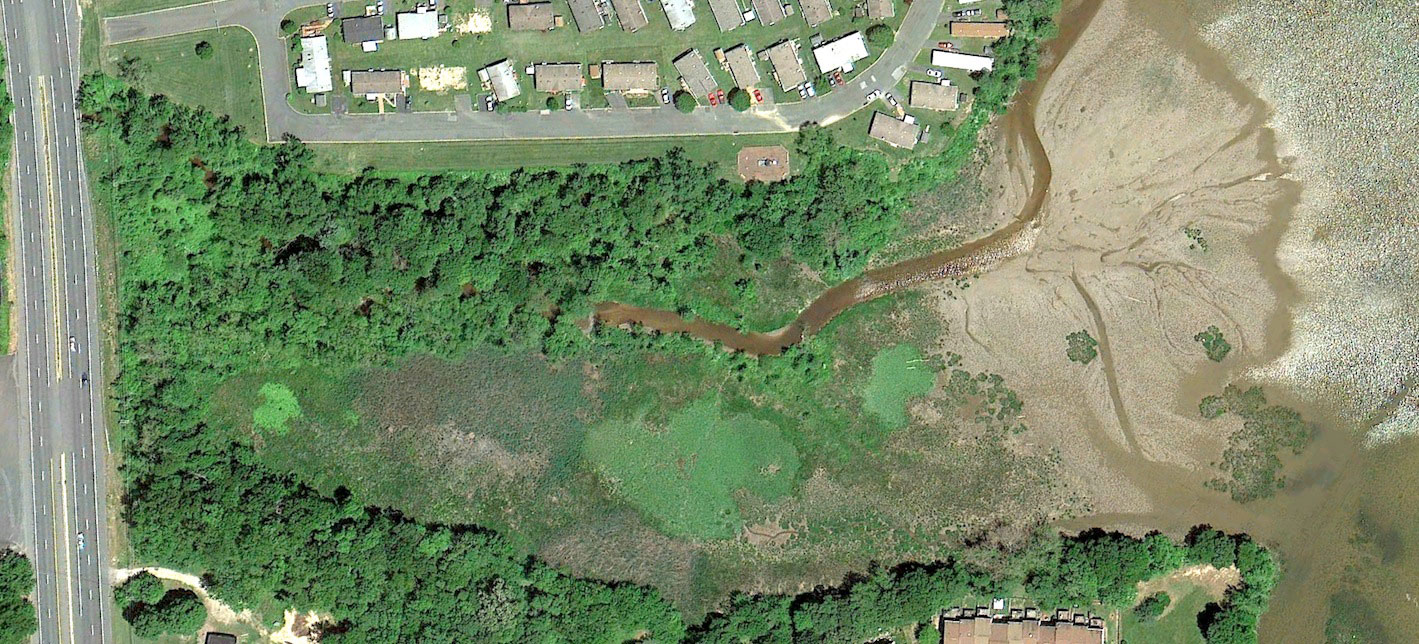Watershed Sediment Transport
Participants
Gregory B. Pasternack, Andrew B. Gray, Elizabeth B. Watson, Jonathan Warrick, Miguel Goni, Robert Wheatcroft
Background
Rivers of small to moderate size (~101 to 104 km2) draining active margins are recognized as transporting the majority of terrestrial sediment to the oceans. Of those, small rivers in dry-summer subtropical regions, such as coastal California, are particularly prone to episodic hydrologic event control on sediment discharge, as most precipitation occurs during a short winter season, which occasionally produces intense storm events. The objectives of this study were to (a) develop variables representing basin preconditions from hydrologic and precipitation time series data for the dry-summer subtropical Salinas River of central California, which were then used to (b) explain variability in SS behavior beyond that captured by the rating curve, the results of which formed the basis for inferring basin scale sediment supply processes.
Results
Hydrologic event history played a significant role in determining the behavior of fine suspended sediment in the lower Salinas. Of the investigated hydrologic factors, high discharge events represent the greatest control on fine sediment yield, and also increase subsequent CSSf levels and cause increases in bed mobility, which exposes intercalated channel fines to re-suspension, and hence moderate their residence time in the channel. High discharge events are in turn largely controlled by the duration and frequency of positive ENSO periods, while sediment supply depression due to prolonged dry periods are not related to ENSO cycling. Human effects on lower Salinas fine suspended sediment, beyond reduction of the total load through dam emplacement before the initiation of sediment data collection, remained unclear. However, potential anthropogenic factors could not explain the observed temporal pattern of CSSf reduction, and it is posited that the cyclic increase and decrease in discharge corrected CSSf may be primarily the result of hydrologic and climatic history.
Publications
- Gray, A.B., Warrick, J.A., Pasternack, G.B., Watson, E.B., Goni, M.A. 2014. Suspended sediment behavior in a coastal dry-summer subtropical catchment: effects of hydrologic preconditions. Geomorphology. 10.1016/j.geomorph.2014.03.009
- Gray, A. B., Pasternack, G. B., Watson, E. B., Warrick, J. A., Goni, M. A. 2014. The effect of El Niño Southern Oscillation cycles on the decadal scale suspended sediment behavior of a coastal dry-summer subtropical catchment. Earth Surface Processes and Landforms, doi: 10.1002/esp.3627.
- Gray, A. B., Pasternack, G. B., Watson, E. B., Warrick, J. A., Goni, M. A. 2015. Effects of antecedent hydrologic conditions, time dependence, and climate cycles on the suspended sediment load characteristics of the Salinas River, California. Journal of Hydrology 525: 632-649.
- Gray, A. B. 2014. Sediment transport and sedimentation dynamics in small mountainous, dry-summer river systems. Ph.D. dissertation, University of California at Davis, 225pp.


